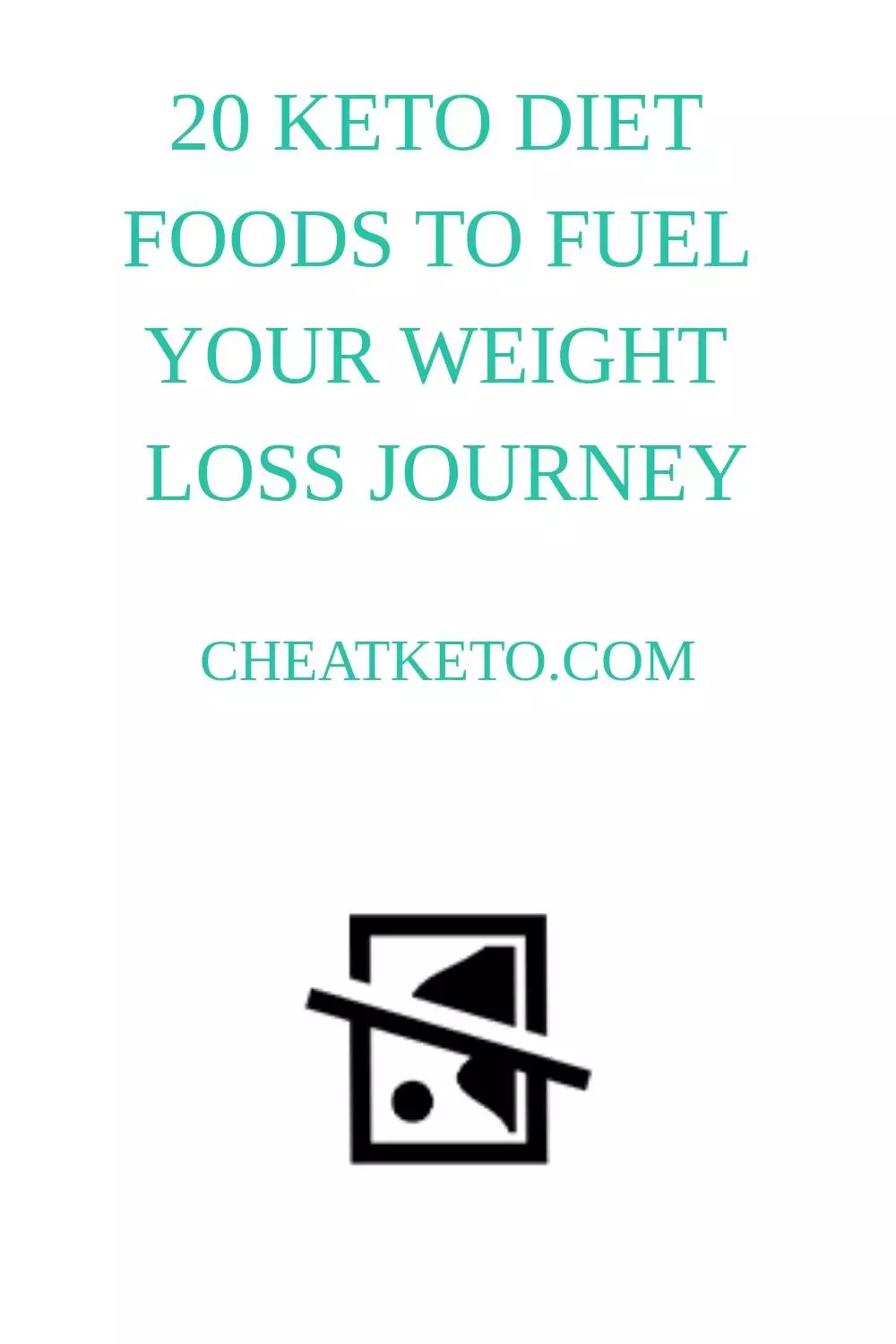20 Keto Diet Foods to Fuel Your Weight Loss Journey
The ketogenic diet, or simply the “keto” diet, is a low-carb, high-fat diet that has gained popularity in recent years for its ability to help people lose weight quickly and efficiently. The key to success on this diet lies in consuming foods that are rich in healthy fats while limiting carbohydrate intake as much as possible. In this article, we will explore 20 keto diet foods that can fuel your weight loss journey.
Introduction to the Keto Diet
The keto diet works by putting your body into a state of ketosis, which occurs when you consume fewer than 50 grams of carbs per day. When your body runs out of glucose (the primary source of energy from carbs), it starts burning fat instead. This process produces ketones, which can be used by the brain as an alternative fuel source. By following a strict keto diet plan, you can achieve rapid weight loss without feeling hungry all the time.
What Are Keto Diet Foods?
Keto diet foods are those that are low in carbs but high in protein and healthy fats. Some examples include:
1. Avocado
2. Grass-fed beef
3. Eggs
4. Salmon
5. Nuts and seeds
6. Coconut oil
7. Butter
8. Cheese
9. Spinach
10. Broccoli
11. Cauliflower
12. Cabbage
13. Asparagus
14. Mushrooms
15. Tomatoes
16. Bell peppers
17. Onions
18. Garlic
19. Zucchini
20. Squash
The Best Keto Diet Foods for Weight Loss
While any food that is low in carbs and high in protein and healthy fats can be considered a keto diet food, there are some specific items that have been shown to promote faster weight loss. These include:
1. Leafy greens like spinach and kale – these are low in calories and high in fiber, making them great for filling up your plate without adding too many calories.
2. Cruciferous vegetables like broccoli and cauliflower – these veggies are packed with nutrients and have a very low glycemic index, meaning they won’t spike your blood sugar levels.
3. Avocados – these creamy fruits are loaded with healthy monounsaturated fats that can help keep you full between meals.
4. Fish like salmon and tuna – these fish are high in protein and omega-3 fatty acids, which have been linked to reduced inflammation and improved heart health.
How to Incorporate Keto Diet Foods into Your Meal Plan
One of the biggest challenges of following a keto diet is figuring out how to incorporate all of these new foods into your meal plan. Here are a few tips to get started:
1. Start small – don’t try to overhaul your entire diet at once. Instead, start by swapping out one meal per day for a keto-friendly option.
2. Experiment with different recipes – there are countless delicious keto recipes available online that can help you stay motivated and excited about your diet.
3. Make sure you’re getting enough protein – since protein is essential for building muscle and losing fat, make sure you’re getting plenty of lean sources of protein throughout the day.
Common Mistakes People Make on a Keto Diet
Even though the keto diet has become increasingly popular in recent years, there are still several common mistakes that people tend to make when starting out. Here are a few things to watch out for:
1. Not tracking macronutrient ratios – if you want to achieve ketosis, you need to make sure you’re consuming less than 50 grams of carbs per day. Use a macro tracker app to ensure you’re hitting your targets.
2. Consuming too much dairy – while dairy products like cheese and milk are technically allowed on the keto diet, they can be difficult for some people to digest. If you notice bloating or discomfort after consuming dairy, consider reducing your intake.
3. Overconsuming nuts and seeds – while nuts and seeds are generally considered healthy fats, they do contain some carbs. Be mindful of portion sizes and try not to go overboard.
Conclusion: Tips and Tricks for Successful Keto Dieting
Following a keto diet can be challenging, but with the right tools and strategies, it can also be incredibly effective for weight loss. Remember to always consult with your doctor before beginning any new diet or exercise program, and stick to whole, unprocessed foods whenever possible. With patience and dedication, you can achieve your weight loss goals and enjoy the many benefits of living a low-carb lifestyle.

